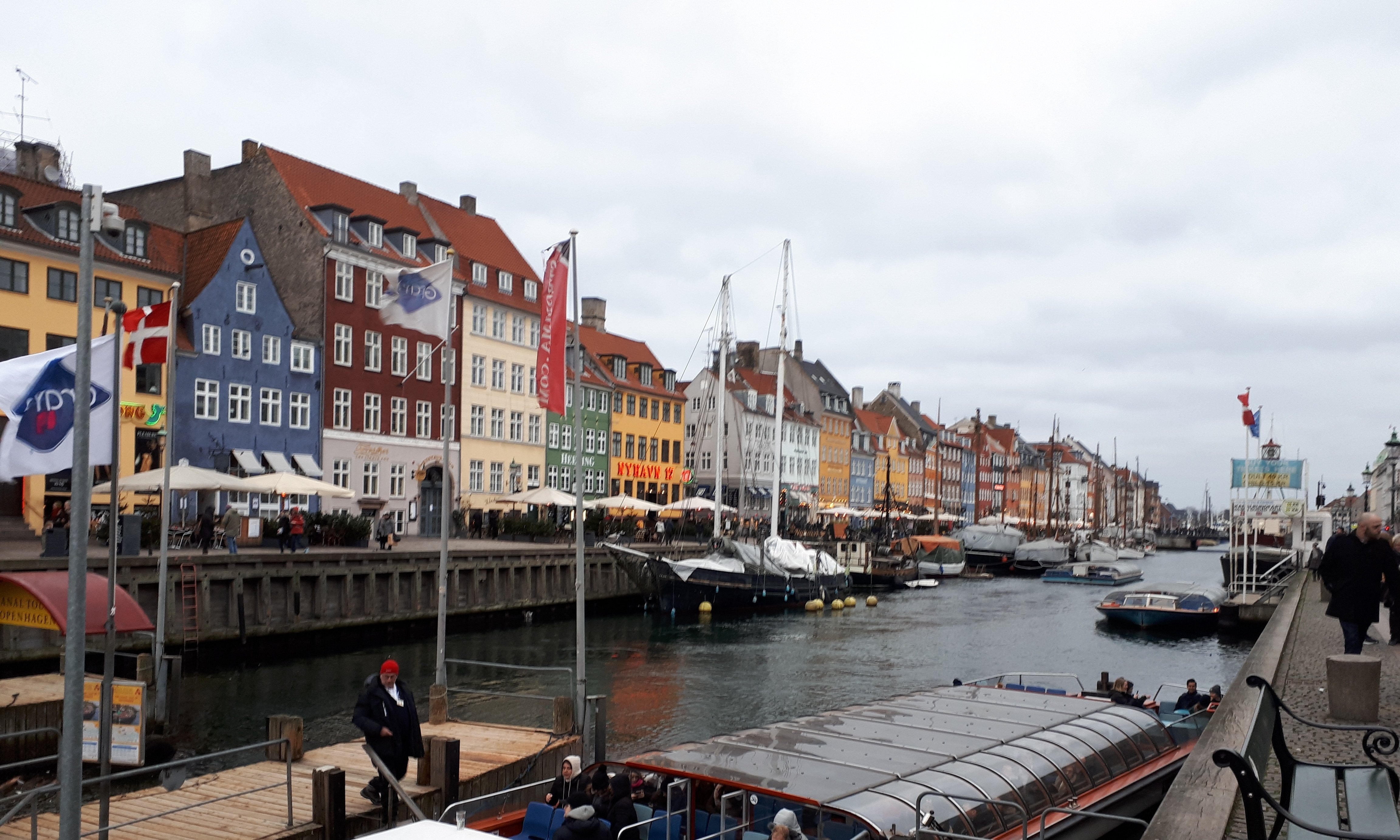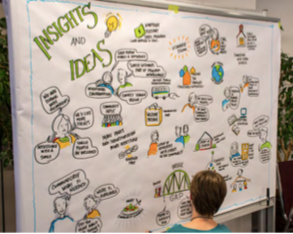Why don’t we benefit from Societal Innovations as Readily as Technological Innovations?
Since 1785 there have been 5 waves with respect to our technological knowledge. Each wave doubled the knowledge we had previously accumulated. We are now in the 6th wave. This technological knowledge produced technological innovations such as steam engines, light bulbs, cars, planes, computers, smartphones, etc. We can safely conclude that we have been very successful in using our technological knowledge to create technological innovations.







